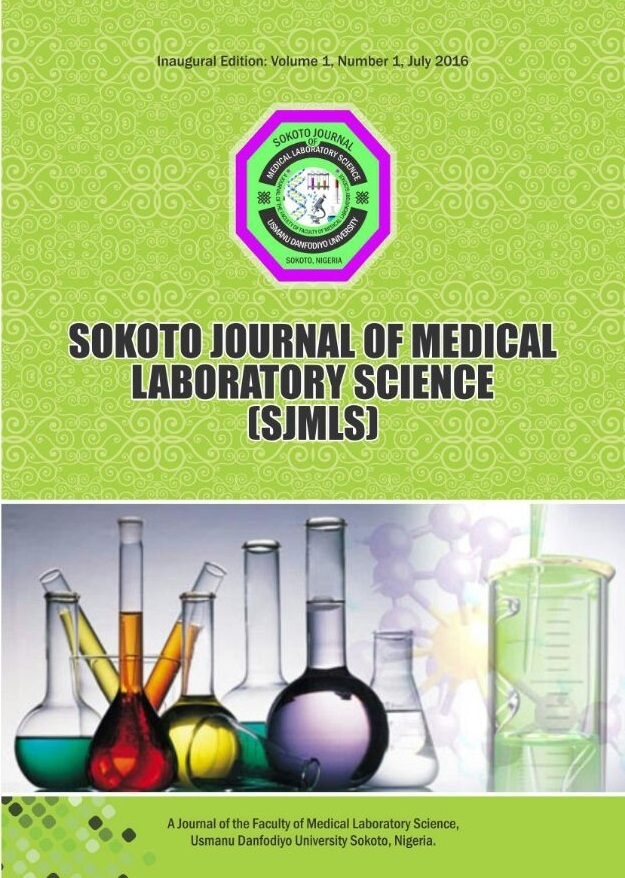Ebola Virus-A Review
Keywords:
Ebola; Haemorrhagic fever; Ebola virus disease; Pathogenesis; TherapeuticsAbstract
Ebola virus (EBOV) is a single stranded zoonotic RNA virus of positive sense polarity under Filoviridae family, with no geographic, socio-economic, ethnic, gender or age boundaries, introduced to humans via contact with body fluids and products of wild animals. Direct human-to human transmission is equally important as it results to high transmission and mortality rates. EBOV primarily attack macrophages and dendritic cells with suppression of type-I interferon response with early systemic spread following release of large progeny particles into the extracellular fluid. Due to the complex genetic evolution, strange properties and functional profile, researchers are still struggling to comprehend the pathogenic capacity of this virus and its interaction with the host cellular machineries. This comprehensive review is an overview of what is known about Ebola virus and encompasses biology of the virus including its interaction with the host, epidemiology, disease presentation, diagnosis, therapeutics and progress in vaccine development.




